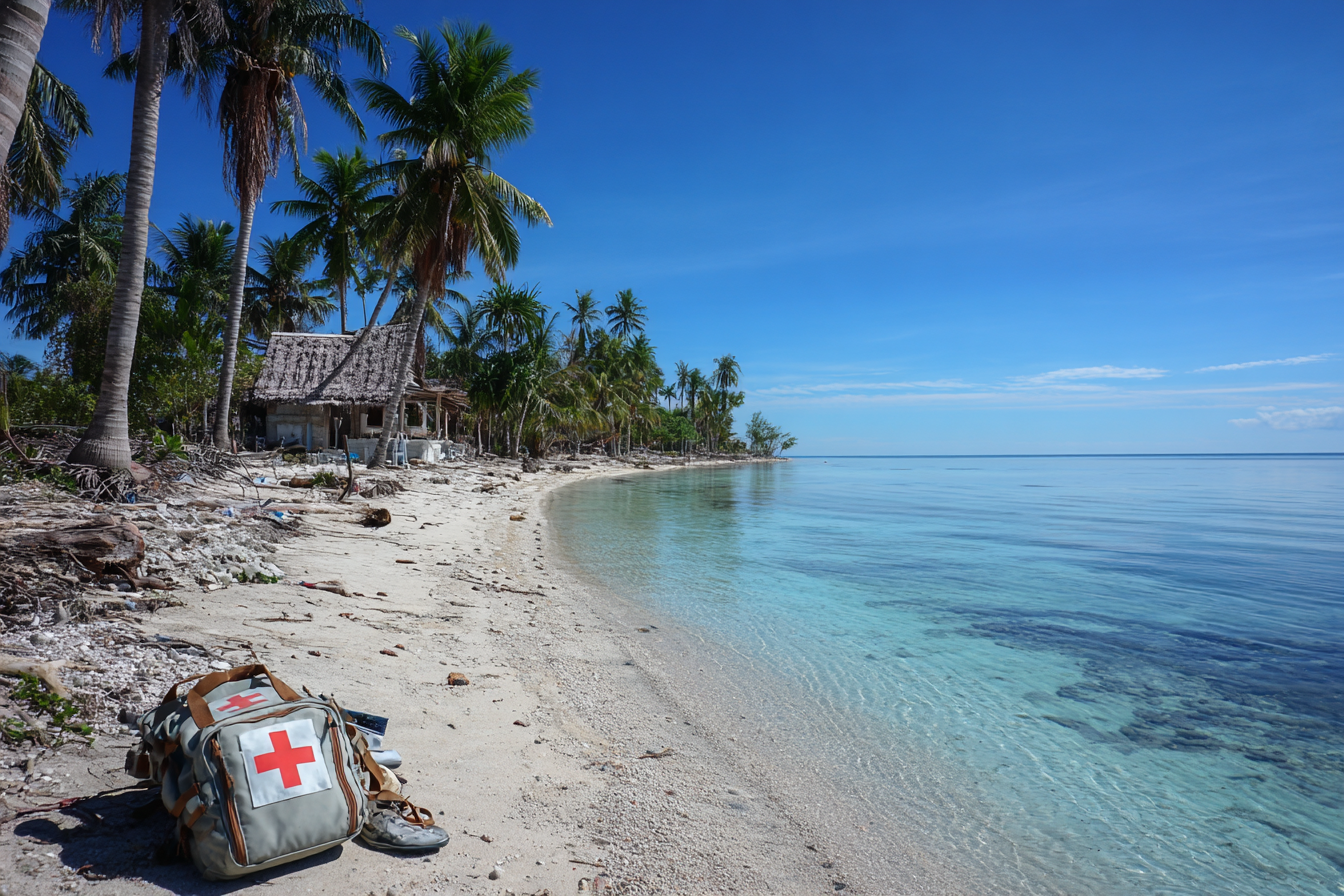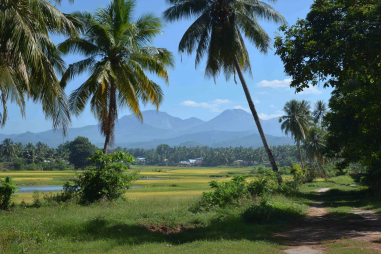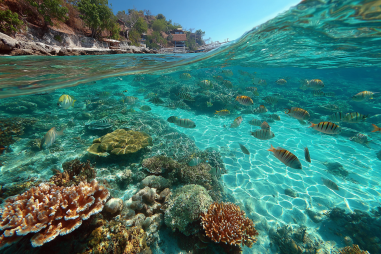Kalanggaman Island is a stunning tropical paradise known for its crystal-clear waters, powdery white sandbars, and breathtaking sunsets. Whether you’re planning a relaxing getaway or an adventurous day trip, ensuring your safety is paramount to fully enjoy everything this beautiful island has to offer. From managing health precautions to understanding the local environment and emergency protocols, these essential travel safety tips will help you have a worry-free and memorable experience on Kalanggaman Island.
Health Precautions and First Aid
Before embarking on your trip to Kalanggaman Island, it’s crucial to prepare for basic health needs. The island is relatively remote, and medical facilities are limited, so carrying a well-stocked first aid kit is a wise move. Include essentials like antiseptic wipes, bandages, pain relievers, antihistamines, and any personal medications you may require.
Ensure your routine vaccinations are up-to-date, and consider bringing oral rehydration salts to prevent dehydration, especially if you plan to be active under the heat. If you have known allergies, carry an EpiPen or any emergency medication. Additionally, it’s advisable to avoid consuming raw or undercooked food from local vendors to reduce the risk of foodborne illnesses. Drinking bottled or purified water also helps prevent stomach issues during your stay.
Water and Sun Safety
Kalanggaman Island’s pristine waters are perfect for swimming, snorkeling, and other water activities, but safety should always come first. Before taking a dip, assess the water conditions, and avoid swimming alone, particularly in areas without lifeguards.
Wear life jackets if you’re not a confident swimmer or if you’re participating in boating activities. Strong currents and waves can sometimes be deceptive, even in seemingly calm waters. Pay attention to any posted signs about water safety and follow the guidance of local guides or boat operators.
The tropical sun on Kalanggaman is intense, so protecting yourself from sunburn and heat exhaustion is vital. Apply broad-spectrum sunscreen with a high SPF at least 30 minutes before heading outdoors, and reapply every two hours, especially after swimming. Wear a wide-brimmed hat, UV-protective sunglasses, and light, breathable clothing to shield your skin from harmful rays.
Staying hydrated is equally important. Carry plenty of water and drink regularly, even if you don’t feel thirsty. Recognize signs of heat-related illnesses such as dizziness, nausea, or excessive sweating, and seek shade immediately if they occur.
Weather and Natural Hazard Awareness
Kalanggaman Island is located in a tropical climate where weather conditions can change rapidly. Staying informed about the weather forecast before and during your trip helps you avoid unexpected storms or typhoons. The best time to visit is typically during the dry season, from November to May, when the skies are clearer and the seas calmer.
Be mindful of natural hazards such as strong tides, sudden waves, and the island’s exposed sandbars that may quickly become submerged during high tide. Always check tide schedules, and avoid venturing too far into shallow sandbars or reef areas that might be dangerous during rising tides.
In the event of a storm, follow instructions from local authorities and seek shelter immediately. Always have an evacuation plan and familiarize yourself with the safest locations on the island to take refuge if necessary.
Safe Boating and Swimming Practices
Reaching Kalanggaman Island usually involves a boat ride, so boating safety is fundamental. Travel only with licensed and reputable boat operators who maintain their vessels and adhere to safety regulations. Life jackets must be provided and worn at all times aboard the boat.
If you’re operating small watercraft like kayaks or paddleboards, be sure you’re experienced or take a lesson beforehand. Always let someone onshore know your plans and estimated return times. Avoid boating or swimming alone, especially in unfamiliar waters.
When swimming, stick to designated areas free from boat traffic and dangerous underwater obstacles. Avoid diving into shallow waters to prevent injuries. Keeping close to the shore and swimming with a buddy ensures help is nearby if needed.
Wildlife and Insect Precautions
Kalanggaman Island, while beautiful, is home to various wildlife, including marine creatures and insects that may pose risks. When snorkeling or diving, be cautious around coral reefs and marine animals such as sea urchins, jellyfish, and sea snakes. Avoid touching or disturbing wildlife to prevent injuries and protect the delicate ecosystem.
Insects such as mosquitoes can carry diseases like dengue fever and chikungunya. To minimize the risk of insect bites, use insect repellent containing DEET or other effective ingredients. Wear long sleeves and pants during dawn and dusk when mosquitoes are most active. Sleeping nets can also be helpful, especially if you plan to stay overnight.
Emergency Contacts and Procedures
Preparing for emergencies is a key part of traveling safely on Kalanggaman Island. Although the island has limited infrastructure, knowing who to contact can make all the difference in urgent situations.
- Local emergency number: Make sure you have the local emergency or coast guard contact numbers saved on your phone.
- Nearest medical facility: Research in advance the closest hospital or clinic on the mainland, typically in Palompon or Leyte.
- Boat operators and guides: Keep contact details of the boat operators or guides you are using; they can assist during emergencies.
Keep a charged mobile phone or a portable power bank with you, and always inform your companions or hosts about your itinerary. In case of an accident or health emergency, remain calm and seek immediate help.
Travel Insurance Recommendations
Investing in comprehensive travel insurance is one of the smartest safety precautions you can take for your Kalanggaman Island trip. Look for policies that cover medical emergencies, evacuation, lost luggage, and trip cancellations.
Because the island is somewhat remote, evacuation due to severe illness or injury can be costly without insurance. Choose an insurance plan that provides coverage for water activities and potential adventure sports, as these are common on the island.
Keep your insurance documents and emergency hotline numbers easily accessible during your trip for quick reference if needed.
Preparing for a Safe Island Trip
Ultimately, the best way to ensure a safe and enjoyable trip to Kalanggaman Island is thoughtful preparation. Take the time to research the environment, understand health risks, and equip yourself with safety gear and vital information.
Respect the island’s natural beauty by following local guidelines and environmental rules. When you prioritize your safety, you can truly immerse yourself in the peaceful charm and scenic wonders of Kalanggaman without worry, creating unforgettable memories on this stunning island paradise.







